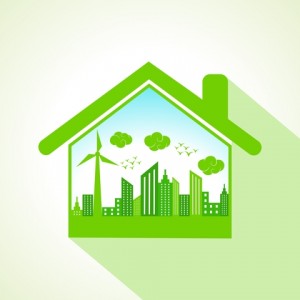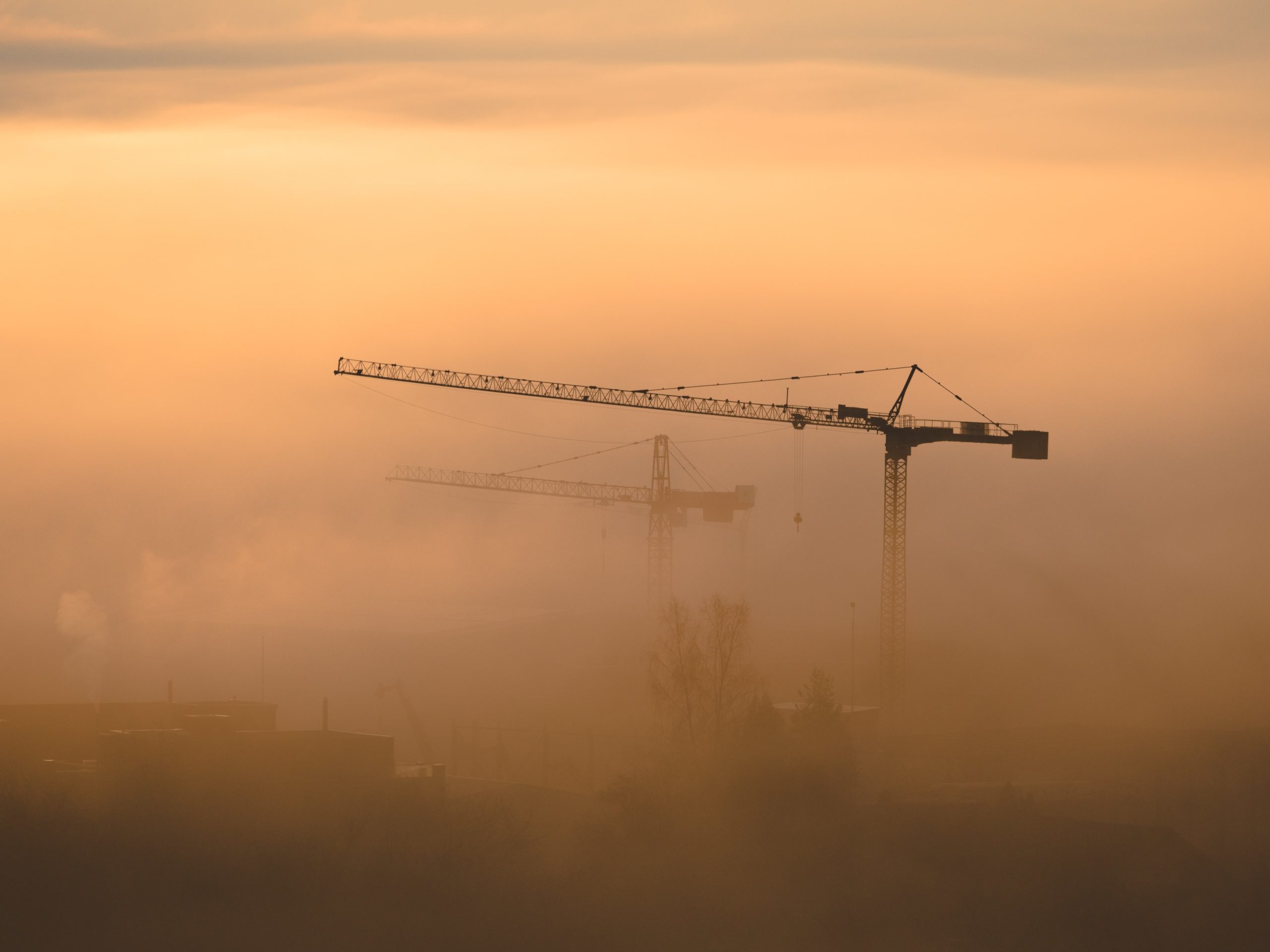Sustainable Development – BREEAM Domestic Refurbishment & More
07-08-2014
 Once upon a time you could buy a plot of land, submit plans, get them approved and go ahead more or less willy nilly, building and developing without considering sustainability, climate change, energy conservation or the overall efficiency and comfort of the building.
Once upon a time you could buy a plot of land, submit plans, get them approved and go ahead more or less willy nilly, building and developing without considering sustainability, climate change, energy conservation or the overall efficiency and comfort of the building.
These days the legal landscape is very different and ethical considerations sit at the heart of every new build and refurbishment project. It’s an entirely different animal and it means developers and designers can’t ignore sustainability. We all have to carefully consider resource conservation, efficiency, social harmony and more, right from the outset. And it is taken into account at every stage of a building’s life, from the initial design stage through all aspects of the build, its operation and even a building’s eventual decommissioning.
What is sustainability?
So what, exactly, is sustainability? According to a statement made by the Norwegian Prime Minister Gro Harlem Brundtland back in 1987, it means:
“development which meets the needs of the present without compromising the ability of future generations to meet their own needs.”
This seemingly simple statement proved so powerful it was enshrined five years later as a key factor in mitigating human-influenced climate change, set in stone at the famous 1992 Rio Earth Summit.
Complex guidelines about achieving lifetime sustainability
There are a great many guidelines, rules, regulations and recommendations to take into account. Together they influence a development’s sustainability through its energy use, the materials it’s made of, the waste it generates, the water is uses, its ecological impact, transport considerations and the use of the land itself.
What are your first steps if you’re considering developing an existing building, embarking on a new build or carrying out a refurbishment? It makes sense to get expert support to make sure you tick all the right boxes.
Factors for choosing a suitable sustainable development partner
You’ll need a company that provides a broad range of support including producing energy statements and checking your plans so they conform with BREEAM or the Code for Sustainable Homes, delivering expert assessment and consultancy. If they can advise you about Passivhaus design, even better.
Look for a partner who understands the importance of Life-Cycle Carbon footprint assessment and consultancy, and who can provide you with the appropriate SAP assessments – the Government Standard Assessment Procedure for the Energy Rating of Dwellings, adopted as part of Britain’s national methodology for calculating a building’s energy performance. And find a firm with experience in Carbon Reduction Commitment (CRC) consultancy , who’s happy to help with renewable energy feasibility studies and Waste Management Plans.
Compliance comes with many practical and financial advantages
Once all your BREEAM assessor, sustainability and performance ducks are in a row, you can go ahead and build in the knowledge that everything you do meets the right standards. You won’t be stopped in your tracks because you need to go back and fix things that haven’t been done properly. And your budget will be safe from the expense of delays and re-works.

